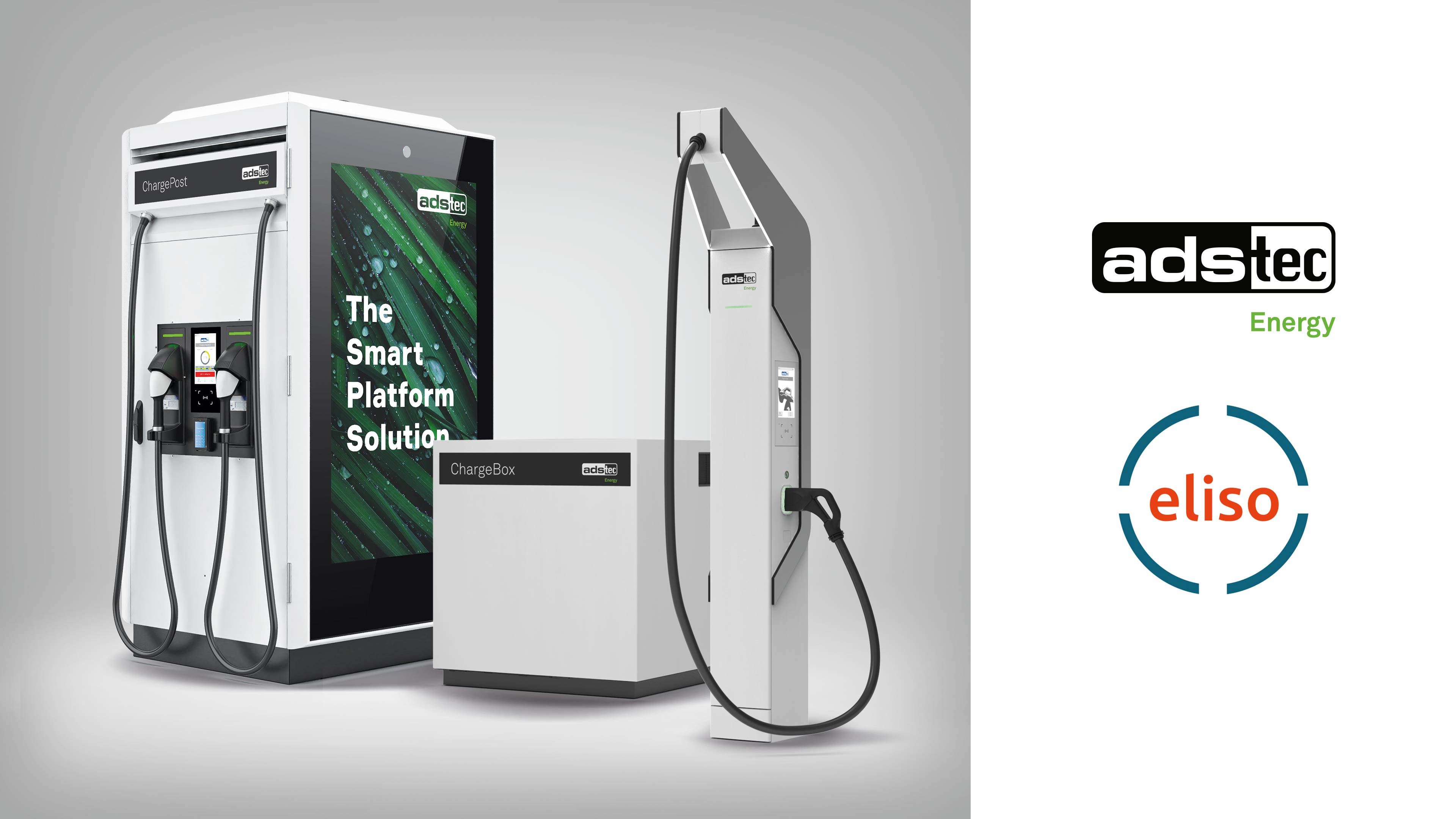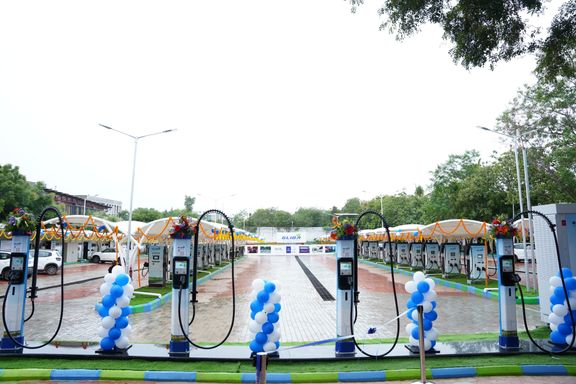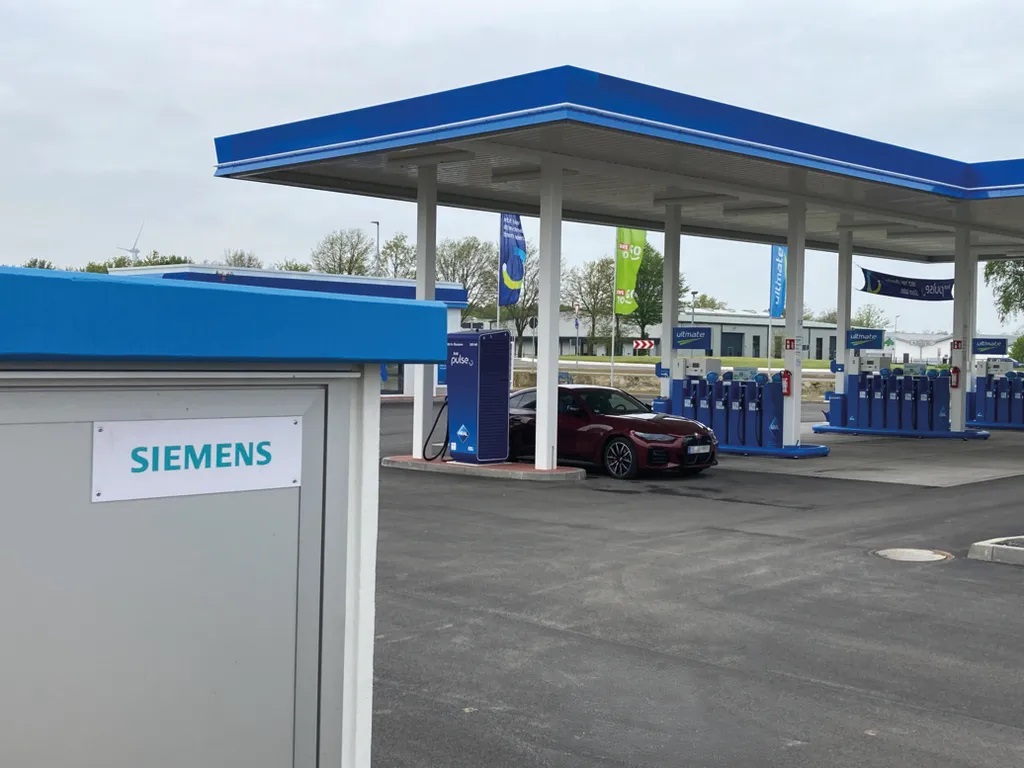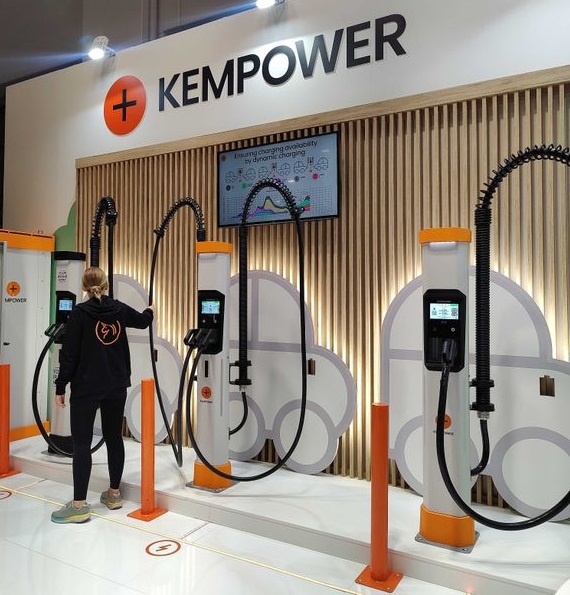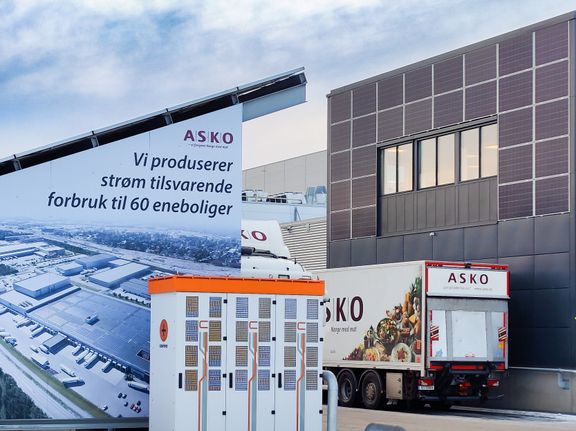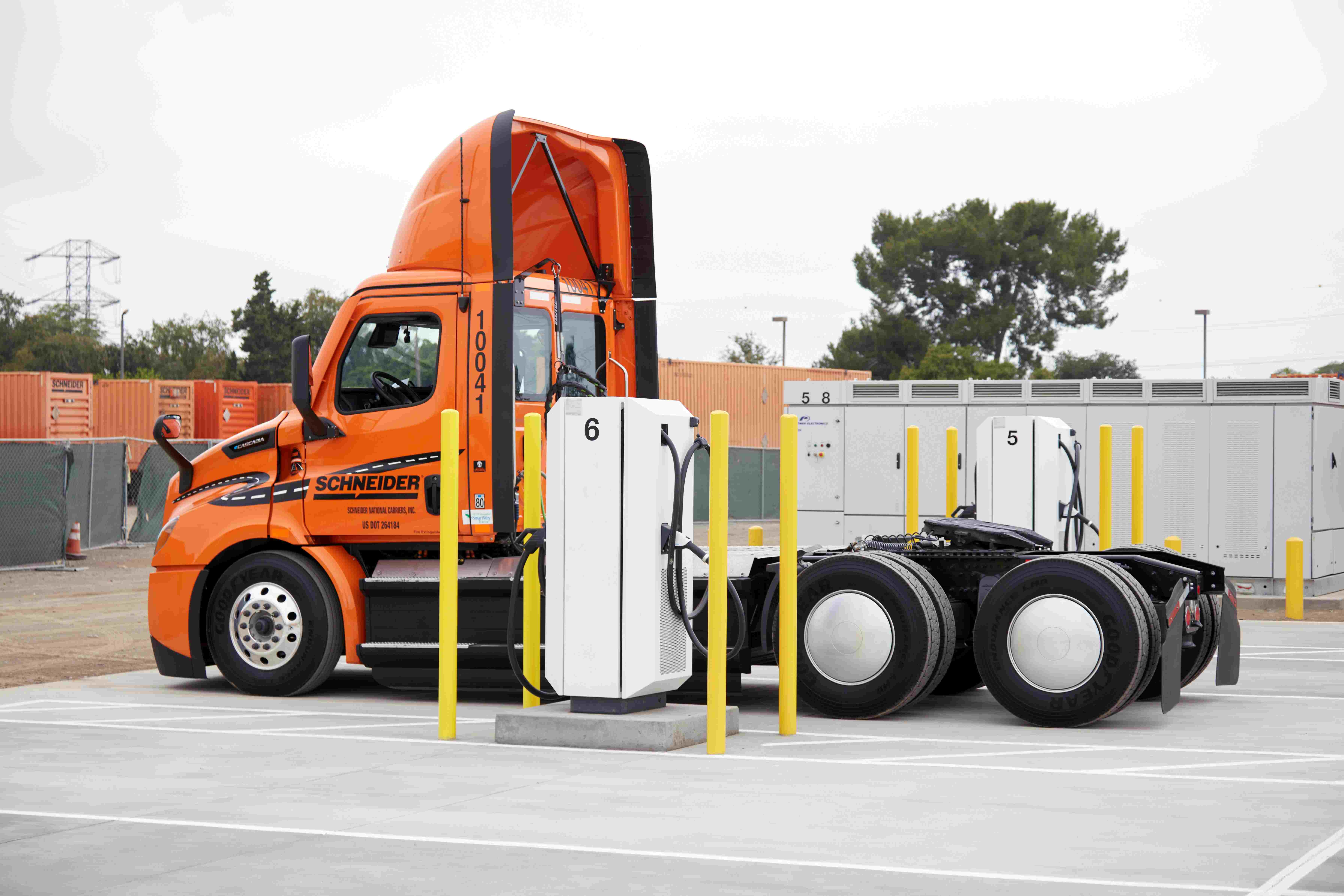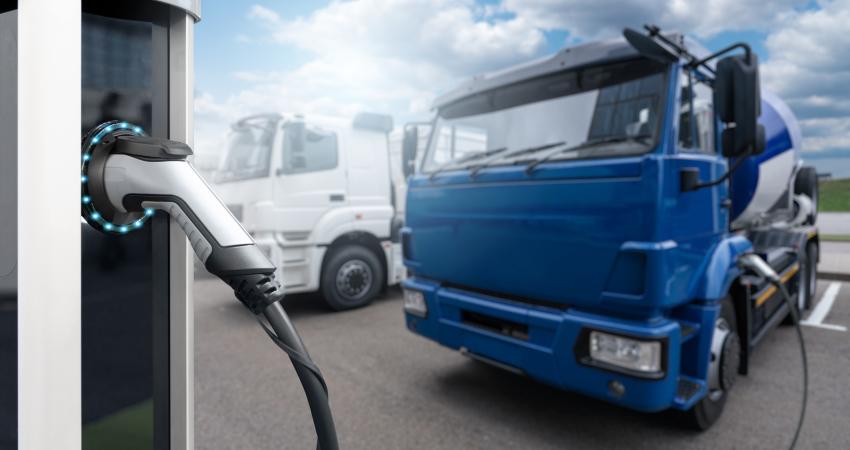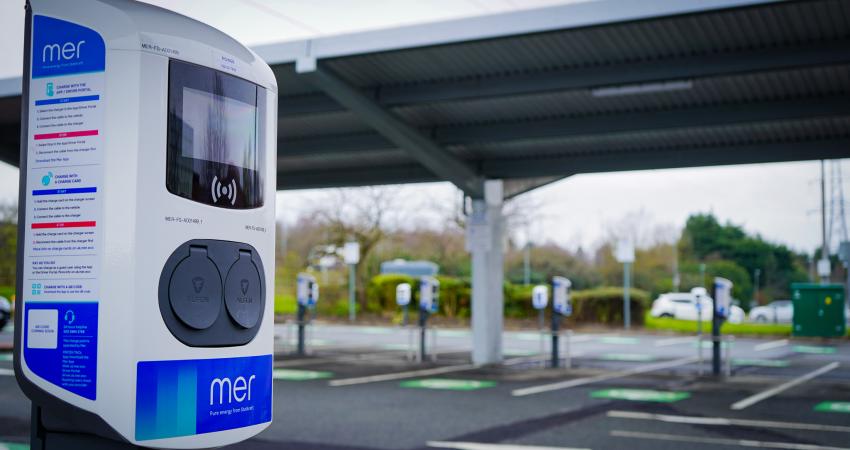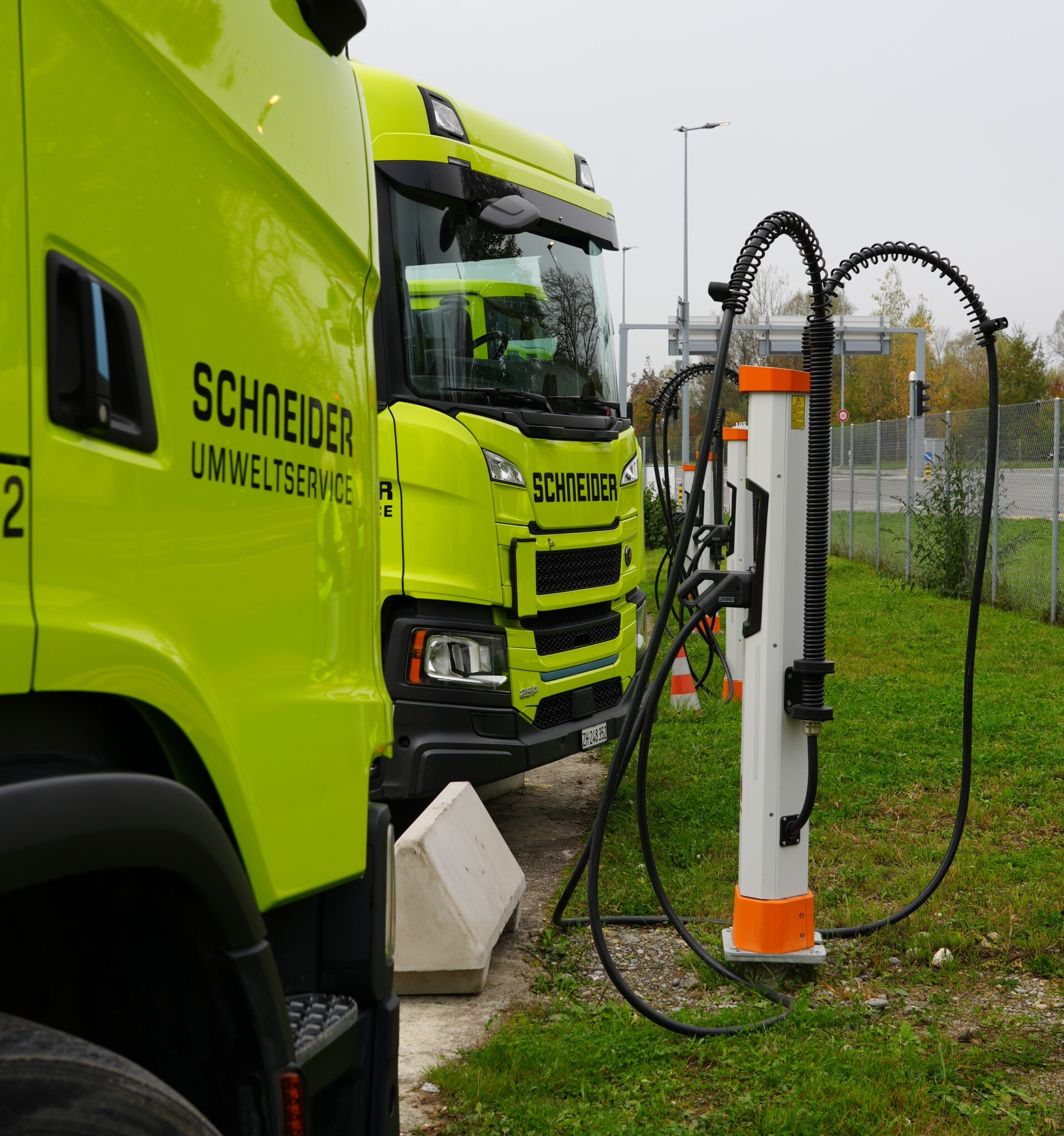
In 2024, Schneider put seven electric trucks into operation, which now comprise 5.5% of the fleet. The e-trucks service the waste and recyclables disposal in the greater Zurich area and in Central Switzerland. The company plans to electrify 90% of transport tasks by 2028. This project includes forward-looking planning and relies on Kempower and its partner Scania Schweiz.
Philipp Oppolzer, regional business development director in central Europe at Kempower, comments: “In order to benefit from the electrification of trucks as quickly as possible, the charging infrastructure must also be correctly dimensioned. This must be optimized in terms of battery capacity, the maximum charging current of the vehicles and the power actually required for the round trip. With intelligent dynamic power distribution, as offered by Kempower, customers can use smaller power units and power connections than usual, which has a significant impact on running costs.”
Schneider Umweltservice now uses the e-trucks throughout the canton of Zurich and parts of central Switzerland. In Mönchaltorfer, their e-trucks can charge at four Kempower satellites with a total of eight charging points and a total output of 380 kW. The Volketswil site is even bigger with 16 charging points offering 160 kW each, and a total output of 800 kW. The charging stations have been designed with scalability in mind and prepared for further expansion of the modular Kempower charging system, with empty conduits and foundations already laid.
Schneider uses the cloud-based charging management system Kempower ChargEye. This system makes it possible to monitor the charging status in real-time and dynamically adjust the power distribution. This ensures that the vehicles charge optimally. Sabrina Huber, environmental engineer at Schneider Umweltservice, says: "The software allows us to track the charging process in detail, from charging progress to any charging errors. In this way, we can react quickly if there is an error during loading, for example. We are now also able to regulate power utilization. The charging points supply the necessary power evenly throughout the night. This prevents a peak if five drivers connect their electric trucks to the power supply at the same time.”
The energy for the charging infrastructure comes from photovoltaic systems installed at the sites. At the Volketswil site, more than 4,000 solar modules generate 1.6 million kWh of electricity per year. These investments emphasize Schneider Umweltservice’s commitment to energy independence and a sustainable future.
The electrically powered vehicles save considerable amounts of CO₂ every year and enable almost silent waste collection. Sabrina Huber, Environmental Engineer at Schneider Umweltservice, emphasizes: “Not only are we reducing our CO₂ emissions, but we are also actively contributing to the energy transition by producing the electricity for our fleet ourselves.”
Schneider Umweltservice is expanding electromobility at other locations. Further charging stations was put into operation in Perlen and Chrüzegg in December 2024, followed by Regensdorf and Adliswil this year.



